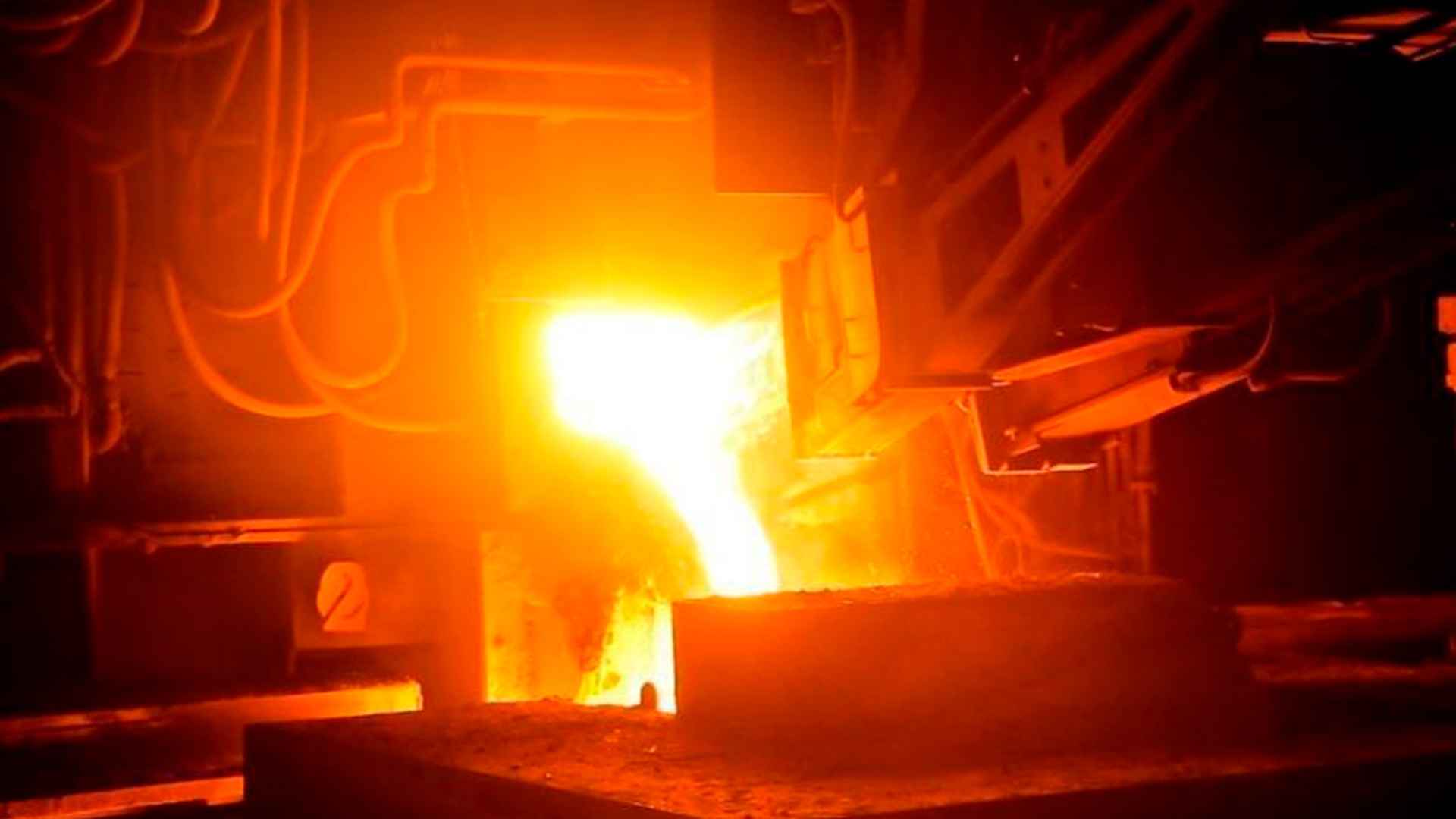Archaeologists discover 3,000-year-old mining camp in Egypt’s Sukari Mountains, shedding light on advanced extraction methods and community life.
The revelation of a vast gold-mining settlement in the heart of Egypt’s Sukari Mountains has captivated researchers and the public alike. A multi-year initiative called “Reviving the Ancient City of Gold” recently unveiled remnants of a 3,000-year-old gold operation, prompting a flurry of interest in how these early prospectors managed to thrive in such a rugged environment.
Experts confirm massive gold-processing complex showcasing advanced techniques for extracting precious metals efficiently and safely
According to a statement from Egypt’s Ministry of Tourism & Antiquities, the gold-processing area came equipped with specialized stations for crushing and grinding quartz veins, sophisticated filtration and sediment basins, and clay furnaces. Ever wondered how such a bustling community thrived in the desert while maintaining these energy-intensive furnaces? Researchers note that the site was also surrounded by a support network of smaller workshops, where miners refined gold to a pure form ready for use in ancient trade and economy.
Multi-period residential district illustrates social, religious, and economic facets of ancient Egyptian miners beyond the gold trade
Surprisingly, the excavation team uncovered a full-fledged residential district adjacent to the processing facilities. This district boasted living quarters, administrative buildings, and even Ptolemaic Period bathhouses. Evidence of later Roman and Islamic occupation underscores the long-standing appeal of the region’s resources. Archaeologists believe that temples in the area provided spiritual sanctuaries, hinting at how miners incorporated religious practices into their demanding routines. Below is a concise overview of key items found at the site:
| Item | Significance |
|---|---|
| Bronze coins from the Ptolemaic era | Suggests a robust economy and currency exchange |
| Terracotta figurines (human, animal) | Reflects diverse cultural and artistic influences |
| Broken pottery with multiple scripts | Demonstrates linguistic variety, including hieroglyphic |
| Semi-precious stone beads | Highlights trade routes and artisan craftsmanship |
| Clay furnaces and crushing stations | Indicates advanced methods for extracting gold |
Additional discoveries included small stone statues of deities, as well as vessels once used for medicines and incense. Researchers say these artifacts provide a glimpse into the daily lives, beliefs, and priorities of the people who traveled here from different corners of the ancient world.
Artifacts from various eras highlight cultural exchange, trade networks, and centuries of continuous site occupation under changing regimes
Scientists believe that the remarkable breadth of relics—ranging from script-laden pottery fragments to Ptolemaic offering tables—helps illuminate the interconnected nature of ancient societies. They also note that constructing a modern replica of the mining complex roughly two miles away allows both safeguarding the original site and offering visitors an immersive experience in ancient gold-mining life.
In conclusion, this groundbreaking find offers invaluable insight into Egypt’s storied past, revealing a gold-rich region that attracted multiple generations. Researchers encourage continued exploration, believing that further excavations may unearth even more about the social bonds, religious customs, and technological prowess of these early gold seekers.

